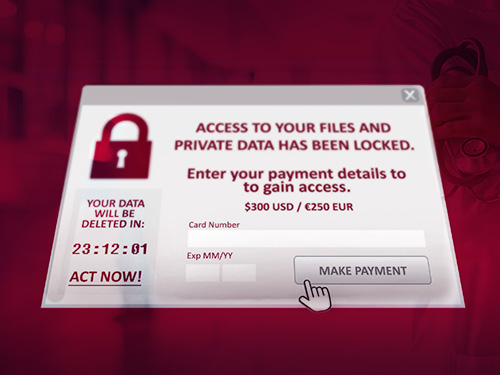The COVID-19 pandemic has been especially hard on the nation’s seniors. Because of the risk the coronavirus poses to older folks with health problems, many seniors have had to remain isolated from family and friends. Nursing homes, retirement communities and other facilities providing long-term care have been forced to strictly limit visits from outsiders to reduce the risk of spreading the disease.
Healthcare
As our healthcare heroes work around the clock during the COVID-19 pandemic, the IT systems that support them are also being put to the test. Healthcare organizations are expanding their networks to support additional clinics, labs and testing facilities. More medical devices are connecting to the network, as well as the smartphones, tablets and wearables of clinicians, staff and patients. Employees who can work from home are connecting to systems remotely.
In our last post we discussed the Patient Driven Groupings Model (PDGM), an overhaul of the way home health providers are paid by the Centers for Medicare and Medicaid Services (CMS). The new billing model creates hundreds of new categories for home health services, and implements a 30-day billing cycle to replace the current 60-day cycle. It also changes the way providers are assessed Low Utilization Payment Adjustments (LUPAs), and uses “behavioral assumptions” to identify providers that might structure services to maximize billing.
Last year, the Centers for Medicare and Medicaid Services (CMS) proposed a new billing model for home health services that would adjust payments based upon “behavioral assumptions” as opposed to actual provider billing or evidence of changes in billing behaviors. The Patient Driven Groupings Model (PDGM), slated to go into effect Jan. 1, is expected to reduce payments for home health services by 6.42 percent in 2020 alone — an estimated $1 billion.
On September 20th, a ransomware attack forced a county health center in Wyoming to cancel surgeries, inpatient admissions, lab procedures, respiratory therapy, radiology exams and other services. Campbell County Health officials also reported that appointment schedules and medication orders were disrupted due to limited access to patient records and contact information. Although many services have been restored, the organization is still working to clean up its computer systems from that ransomware attack.






